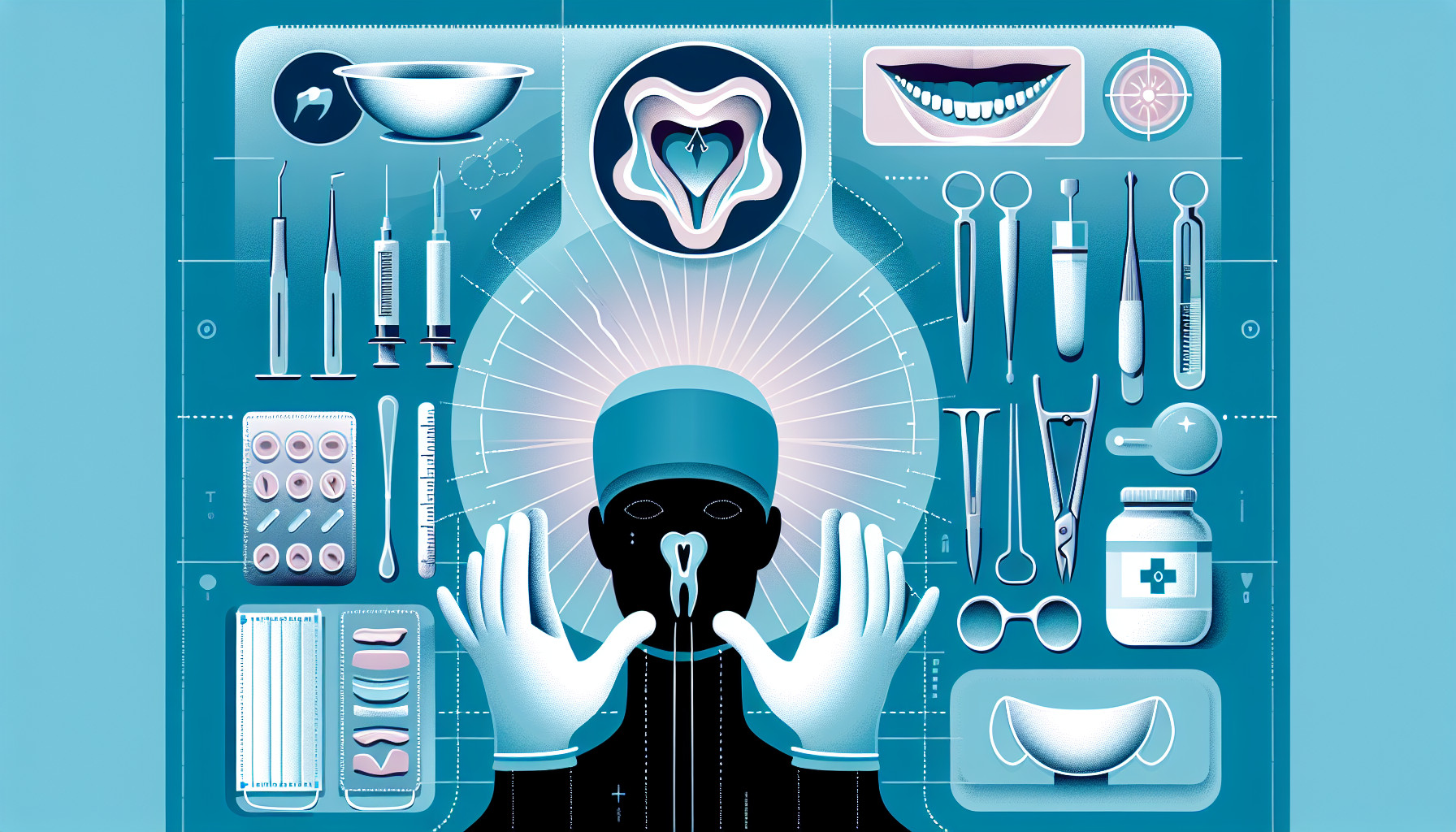Our Summary
This study aimed to explore the changes in facial structure after jaw surgery for class III correction (a condition where the lower jaw is positioned too far forward) and how these changes affect patients’ perception of their oral health-related quality of life. The researchers asked 29 patients with severe class III to fill out a questionnaire about their oral health before any treatment and 6 months after surgery. They also took measurements of the patients’ facial structure at these two times. The results showed that increased upper lip protrusion (or outward extension) after surgery was linked to an improvement in the patients’ perception of their oral health, particularly in areas such as speech, taste, and diet. However, an increase in upper lip length and a decrease in lower lip protrusion were associated with a decrease in some aspects of oral health. While the surgery resulted in ideal structural changes, it improved some aspects of oral health and worsened others according to the patients.
FAQs
- What was the aim of the study on jaw surgery for class III correction?
- How did changes in facial structure due to the surgery affect patients’ perception of their oral health?
- What specific changes in facial structure were linked to improvements and declines in certain aspects of oral health?
Doctor’s Tip
One helpful tip a doctor might tell a patient about oral surgery is to follow post-operative care instructions carefully. This may include guidelines for pain management, oral hygiene, diet restrictions, and avoiding certain activities that could disrupt the healing process. By following these instructions, patients can help ensure a successful recovery and minimize the risk of complications.
Suitable For
Patients who may be recommended for oral surgery include those with:
- Impacted teeth (teeth that are unable to fully erupt through the gums)
- Misaligned jaws (such as underbite or overbite)
- Temporomandibular joint (TMJ) disorders
- Facial trauma or injury
- Severe tooth decay or infection
- Cysts or tumors in the jaw
- Sleep apnea or other breathing issues related to the oral cavity
- Severe gum disease
- Cosmetic concerns related to the appearance of the teeth or jaw
It is important for patients to consult with a qualified oral surgeon to determine if surgery is the best course of action for their specific oral health needs.
Timeline
Before oral surgery:
- Patient consults with oral surgeon to discuss treatment options and potential risks
- Pre-operative testing and evaluations are conducted to ensure patient is a good candidate for surgery
- Patient may be instructed to stop certain medications or avoid eating or drinking for a certain period of time before surgery
During oral surgery:
- Patient is administered anesthesia to numb the area or put to sleep depending on the type of surgery
- Oral surgeon performs the necessary procedure, which may include extractions, implants, or jaw realignment
- Surgery can last from a few minutes to several hours depending on the complexity
After oral surgery:
- Patient is monitored in a recovery room until they are stable and able to go home
- Oral surgeon provides post-operative instructions for pain management, wound care, and diet restrictions
- Patient may experience swelling, bruising, and discomfort in the days following surgery
- Follow-up appointments are scheduled to monitor healing and make any necessary adjustments
- Patient gradually resumes normal activities and sees improvements in oral health and appearance over time
What to Ask Your Doctor
- What specific changes in my facial structure can I expect following jaw surgery for class III correction?
- How will these changes impact my oral health-related quality of life?
- Will the surgery improve my speech, taste, and diet, as suggested by the study findings?
- Are there any potential negative effects on my oral health that I should be aware of post-surgery?
- How long will it take for me to fully recover from the surgery and see the final results in terms of facial structure and oral health?
- Are there any specific post-operative care instructions or dietary restrictions that I should follow to optimize the outcome of the surgery?
- What are the potential risks and complications associated with this type of oral surgery, and how likely are they to occur in my case?
- Will I need any additional procedures or treatments following the jaw surgery to further enhance my oral health and facial aesthetics?
- How frequently should I schedule follow-up appointments with you to monitor my progress and address any concerns or issues that may arise?
- Can you provide me with before-and-after photos of other patients who have undergone similar jaw surgery for class III correction, so I can better visualize the potential outcomes?
Reference
Authors: Geramy A, Mazaheri Nazarifar A, Saffar Shahroudi A, Sheikhzadeh S. Journal: Int J Oral Maxillofac Surg. 2019 Nov;48(11):1434-1439. doi: 10.1016/j.ijom.2019.03.899. Epub 2019 May 20. PMID: 31122800
